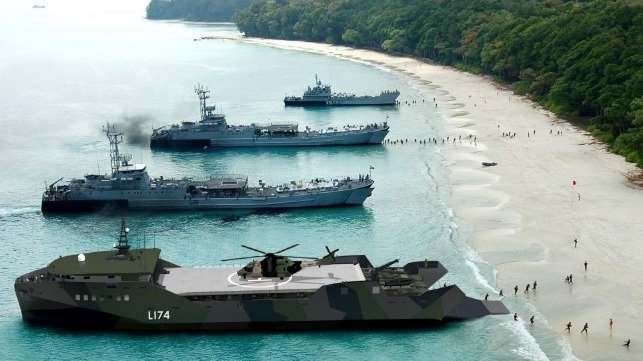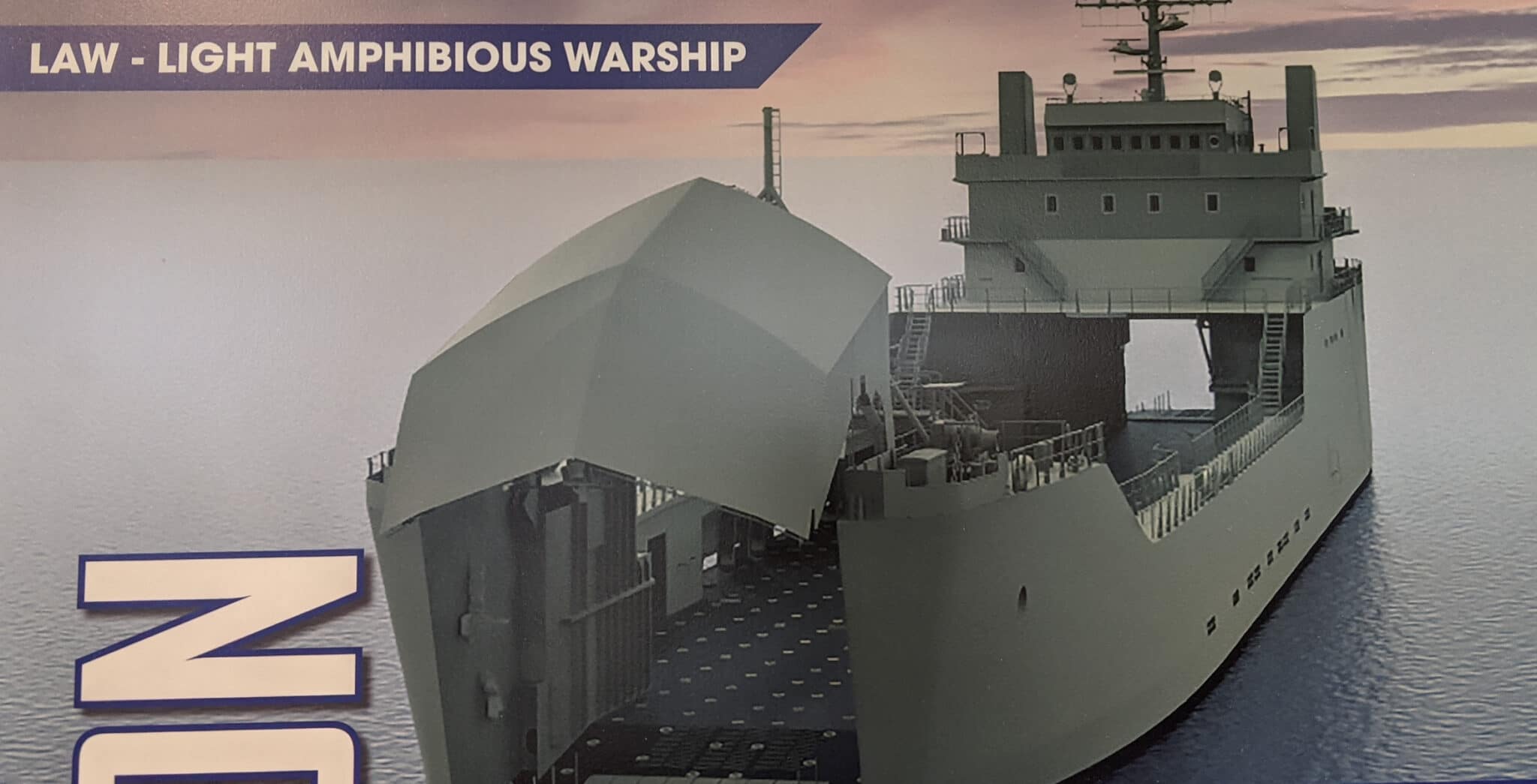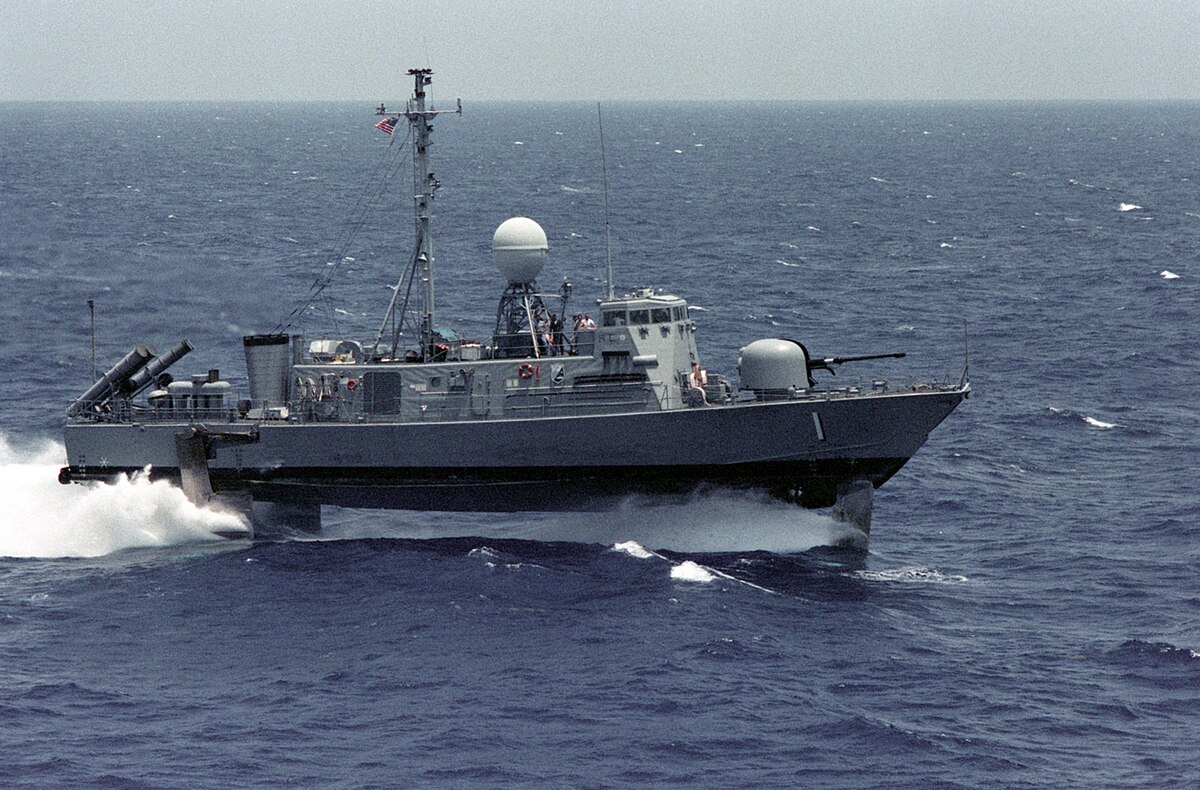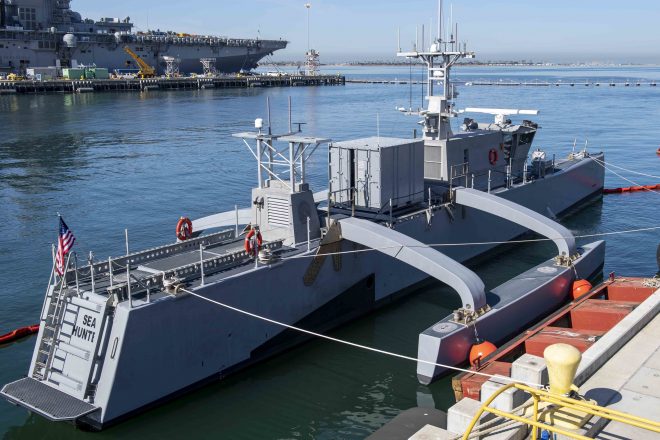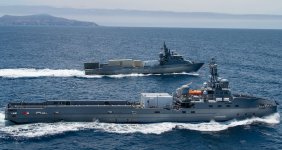Expensive to operate, not enough crew, no endurance. Lots of problems with the Bras D'Or testbed overall. But the myth like the Avro Arrow lives on.
LCS represents a "failed" concept. That being an all singing, all dancing ship. The LCS cost the USN their frigates and they are paying the price for that error.
LCS when it operates as it should, is a fast ship for littoral warfare with limited range and endurance its for the most part fine. Persian Gulf, SE Asia are all great places for it to operate. But the US did what they always do and overgunned/overequipped the thing, driving the crew to exhaustion and leaving them with no proper expertise in their own platform.
As far as a mission they don't want, I'm not entirely sure of that. The LCS was supposed to do a lot of missions, most of which can be performed by a proper frigate. And the rest should be performed by a specialist warship (like MCM).
My sense is that the vessel, in particular the Austal trimaran, which evolved from the Austal JHSV "ferries" does, as you suggest meet the requirements for the littoral mission. I also think that a stable platform like that, in those waters, would have had no problem accommodating the Danish STANFLEX modules which would have resulted in a ship that could be tailored for campaigns if not for individual tasks.
I also agree with you that what the Navy at Large wanted was not specialist Littoral Ships, or very large Patrol Boats, they wanted more Blue Water Frigates.
Trying to have their cake and eat it they came up with the High Speed Monohull design which nobody had tried before in any environment. The running gear on that ship was particularly problematic. I suspect that vessel was also particularly susceptible to load characteristics and a tendency to become unstable due to a finely balanced hull to get up on plane to get to their 40 knot target.
Neither vessel, trimaran or monohull, were well suited to long patrols in Blue Water in high seas. In good weather they could endure a short high seas passage from theatre to theatre but both hulls have been subject to stress cracking.
I note that the Monohull was restricted then cancelled first, the trimaran has continued in production and the JHSV Spearhead class "ferries" used by the USNS are not only in service but in production.
I absolutely agree that what the Navy wanted was Blue Water Frigates.
What they were given was a vessel for a mission that I don't believe they wanted. At the time of design the US was fighting in the Gulf and looking towards the First Island Chain. Those are spaces where the JHSV ferries have long, successful careers.
The JHSV was originally a USMC concept from their successful lease to ferry troops, and the LAVs, between Okinawa, Japan and Korea. They sensed it would be a useful vehicle to move a Marine Battle Group around. The Aussies, with ASLAVs, used HMAS Jervis Bay on East Timor. Another JHSV type design for running between islands.
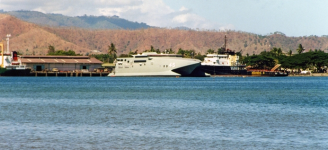
The US Army, with its own navy, wanted the same capability to relocate US Army Stryker Battlegroups from port to port within theaters, especially the Gulf and Indian Ocean. So it launched the High Speed Vessel project.
But then the Army fell afoul of both the Navy and the Air Force. For the same reasons.
The Army wanted control of its own transport to make efficient use of the troops available.
Accordingly it contracted to buy High Speed Vessels and the C27J Mini-Herc.
The Air Force said they could do the job and took over the C27Js then dropped them and announced they could do the job with proper Hercs.
The Navy said they could do the job and took over the JHSVs then dropped them and handed them over to the Military Sealift Command to be operated by Civilian Mariners.
So, in my view, the USN and the USAF both suffer from a similar problem. If they define themselves by platforms then everything that floats is Navy and everything that flies is Air Force. But they don't see the duties of those platforms the same way the Army and the Marines do.
The Army and the Marines want support in jobs that the Navy and the Air Force don't want to do because they see greater need for the dollars in other missions. Blue Water for the Navy. Blue Skies for the Air Force.
They would rather stay away from greens and browns. Now if only they would let the Army and the Marines keep the money to do the jobs they don't want.
That's why I compare the LCS and the JHSV to the A-10 and the C27J.
The Navy absolutely needs Blue Water Frigates. And I am sure the Air Force needs Blue Skies Fighters.
But equally, the Army and the Marines need support in the Green Littorals among the islands and the Brown Rivers.



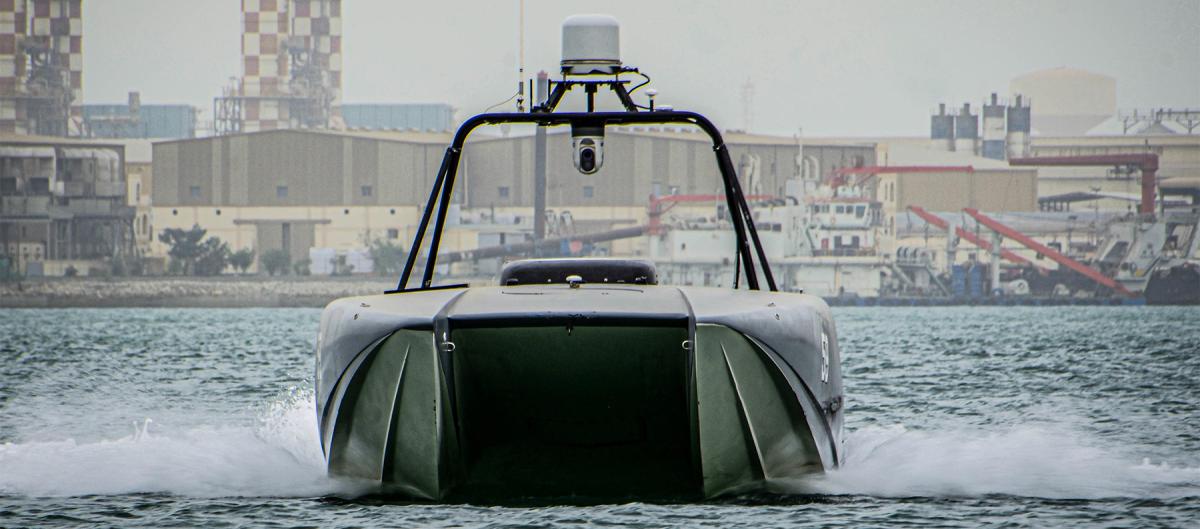
:quality(70)/cloudfront-us-east-1.images.arcpublishing.com/mco/QSTPPZAC5FDUVMWEJTQQHYB6X4.jpg)
